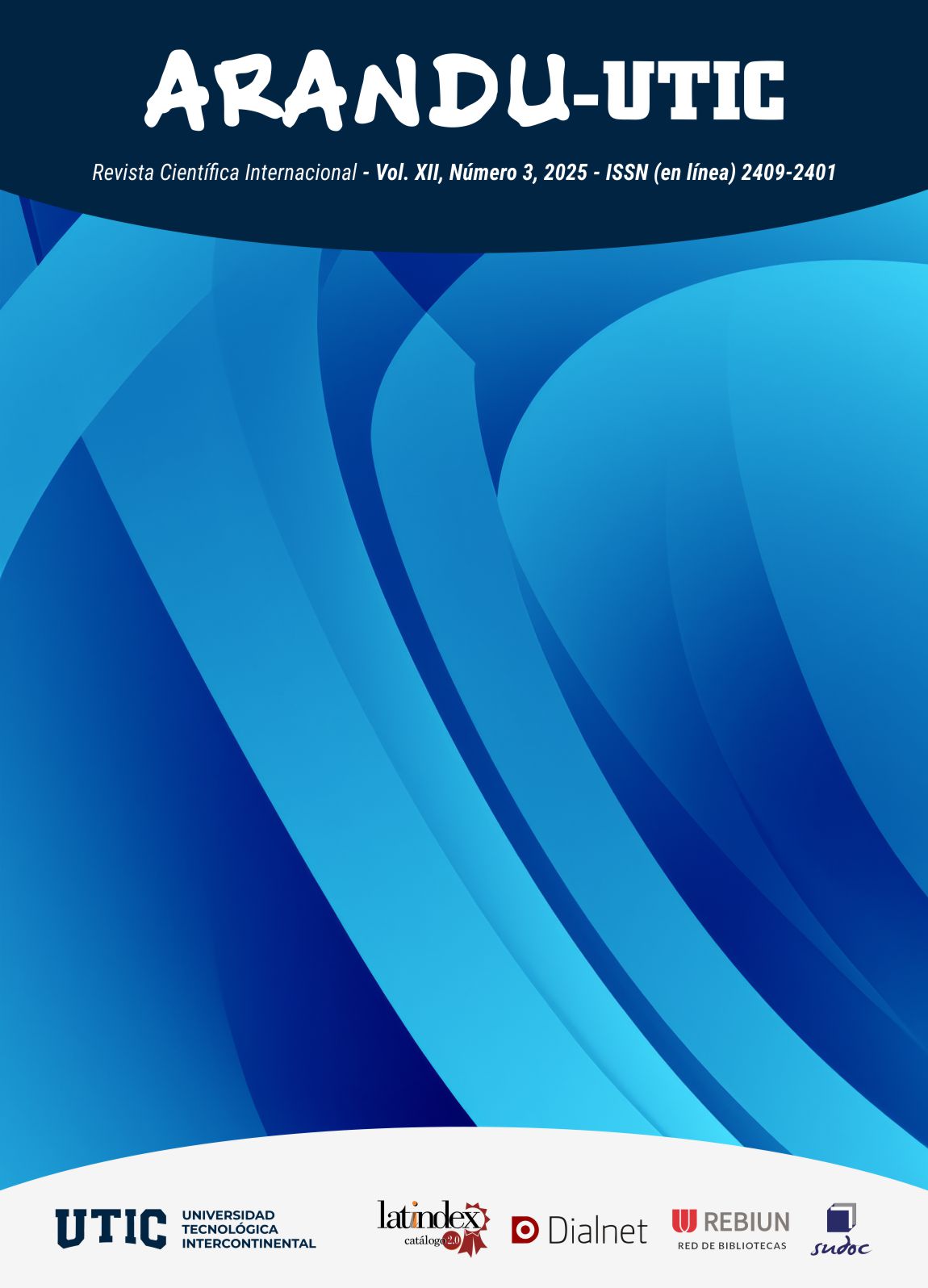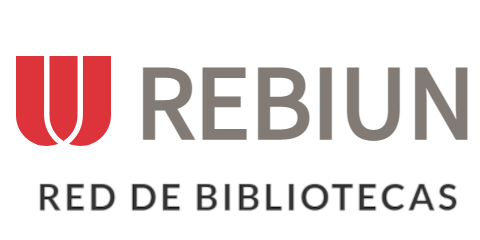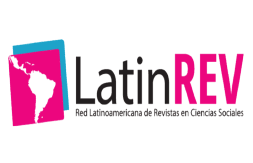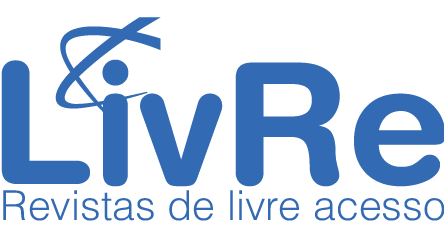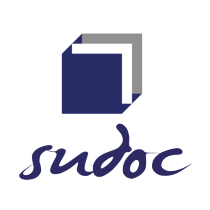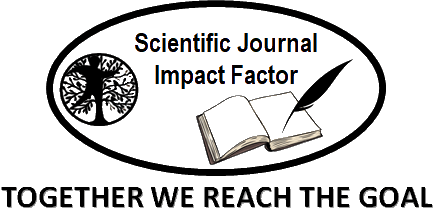Enhancing University EFL Learners' Speaking Skills through Design Thinking: Preliminary Findings
DOI:
https://doi.org/10.69639/arandu.v12i3.1604Palabras clave:
design thinking, oral expression, creative problem-solving skillsResumen
In the 21st century, university programs must respond to the demands of the job market, which increasingly requires professionals capable of adapting to dynamic environments and generating innovative ideas. The development of critical and creative thinking, the promotion of collaborative learning, and preparation to face future challenges are essential to address complex problems and achieve professional success. In this context, Design Thinking (DT), a methodology focused on creative problem-solving, offers a promising strategy for integration into higher education, particularly in the teaching of English as a Foreign Language (EFL). This study examines the impact of a DT-based project on the development of speaking skills in 86 students from a public university in Ecuador, divided into a control group (n = 43) and an experimental group (n = 43). Quantitative data were analyzed using descriptive and inferential statistics, while qualitative responses were examined through thematic coding. The findings indicate that the implementation of DT improved the speaking performance of the experimental group by 0.4 points and fostered the development of both cognitive and emotional competencies, such as problem-solving, intrinsic and extrinsic motivation, cognitive structuring, and teamwork. However, participants reported challenges related to time organization, and lack of confidence at the beginning of the project. Overall, the results support DT as an effective methodological approach to promote context-based oral communication. The authors recommend creating Design Thinking experiences based on students' professional interests to develop meaningful language skills to apply in real-world situations.
Descargas
Citas
Baird, N., & Dilger, B. (2023) Supporting Discourse-based Interviews: Developing a Methodological Resource for Researchers and Students Using Design Thinking. In Proceedings of the 41st ACM International Conference on Design of Communication (pp. 229-234).
Batubara, K. B., Natalia, C. H., & Khairina, Y. (2024). Designing Innovative Learning Media for Speaking Skill based on the 4Cs (Critical Thinking, Communication, Collaboration, and Creativity). In Talenta Conference Series: Local Wisdom, Social, and Arts (LWSA) (Vol. 7, No. 2, pp. 142-147).
Brown, H. D. (2007). Principles of language learning and teaching (5th ed.). Pearson Education.
Brown, H. D. (2007). Teaching by principles: An interactive approach to language pedagogy (3rd ed.). Pearson.
Brown, T. (2009). Change by Design: How Design Thinking Creates New Alternatives for Business and Society. Harvard Business Press.
Cevikbas, M., & Kaiser, G. (2022). Enhancing student engagement through design thinking: A model for interdisciplinary collaboration. Thinking Skills and Creativity, 43, 101013. https://doi.org/10.1016/j.tsc.2021.101013
Cleminson, T., & Cowie, N. (2021). Using design thinking as an appr Using design thinking as an approach to creative and communicative and communicative engagement in the English as a Foreign Language (EFL) classroom. Journal of University Teaching and Learning Practice, 18, 63-81.
Cohen, L., Manion, L., & Morrison, K. (2018). Research methods in education (8th ed.). Routledge.
Durán, E., & García, K. (2021). Exploring EFL teaching and learning processes in two undergraduate mandatory courses. Profile Issues in TeachersProfessional Development, 23(1), 145-160.
Ellis, R. (2003). Task-based language learning and teaching. Oxford University Press.
Guskey, T. R. (2015). Pre-assessment: Promises and cautions. https://tguskey.com/wp-content/uploads/Assessment-1-Pre-assessment-Promises-and-Cautions.pdf
Publicado
Cómo citar
Número
Sección
Licencia
Derechos de autor 2025 Laura Mariscal Touzard, Martha Castillo Noriega, Alexis Contreras Falcones, Albania Cadena Aguilar, Alison Herrera Conforme

Esta obra está bajo una licencia internacional Creative Commons Atribución 4.0.

